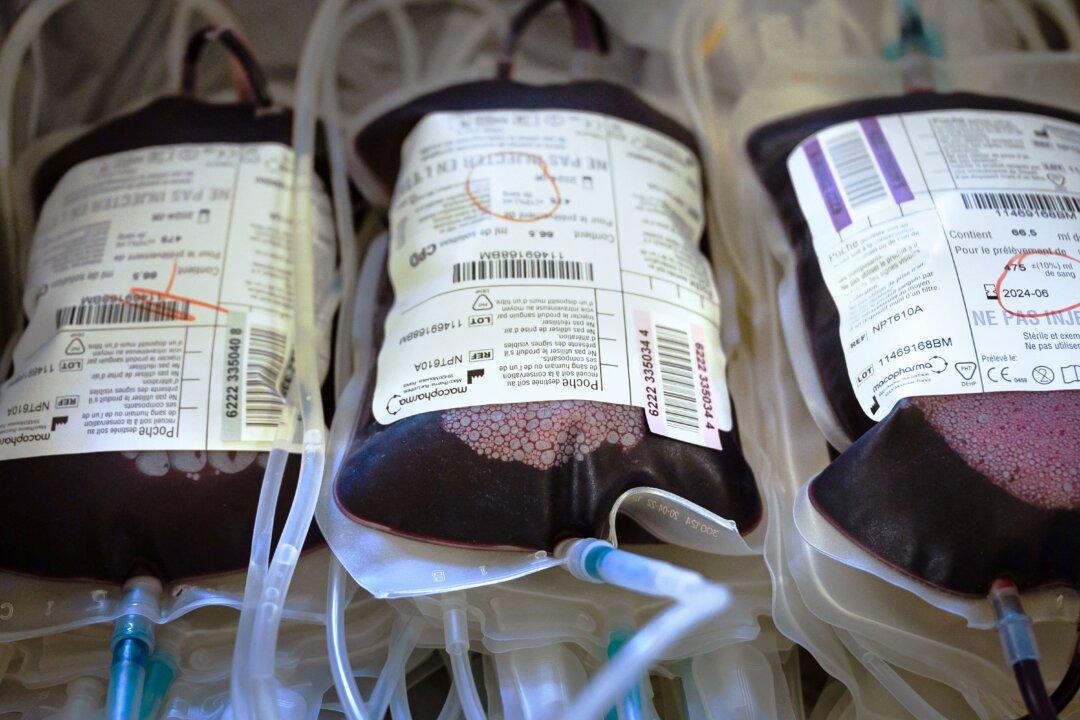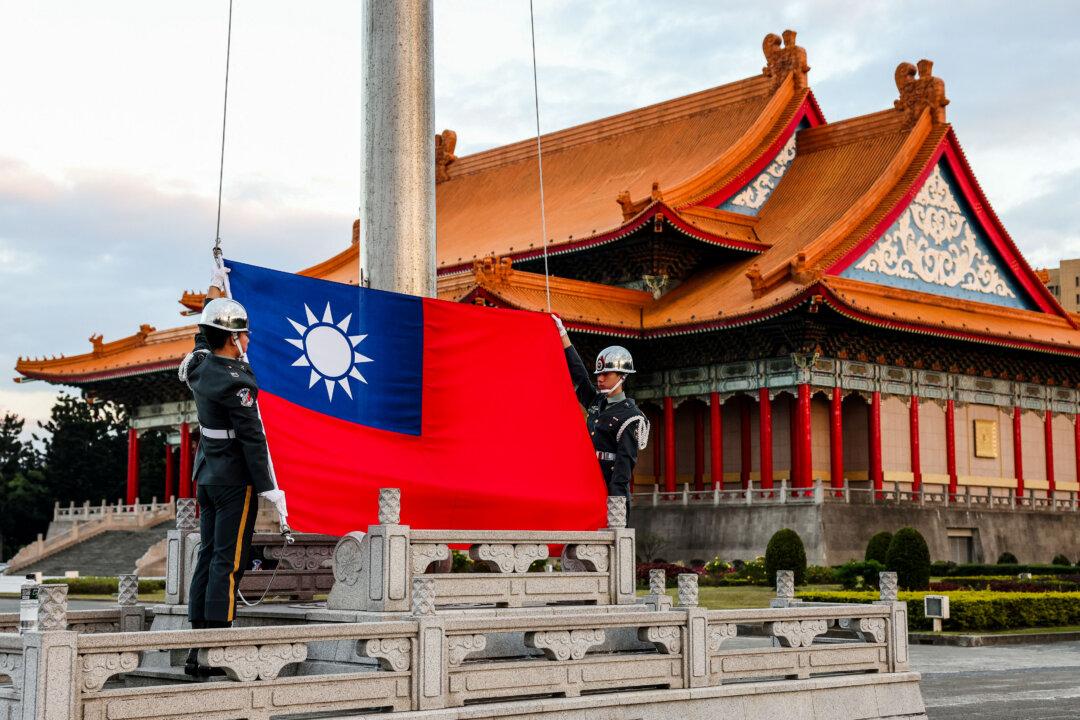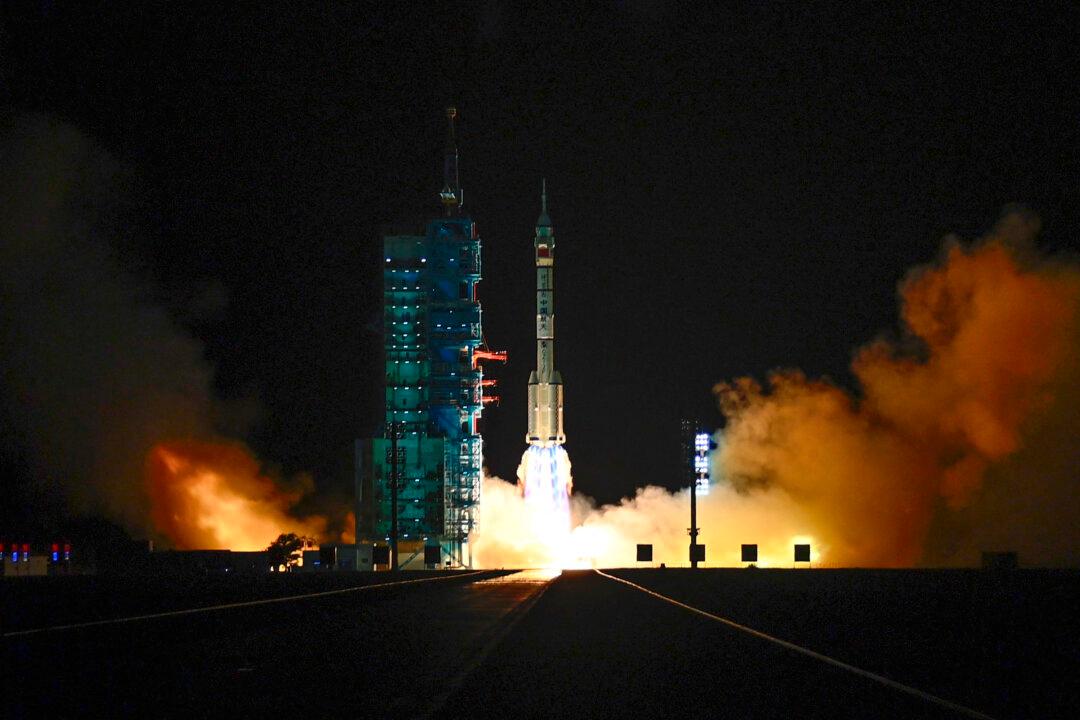As geopolitical tensions continue to escalate around the globe, from the ongoing Russia–Ukraine conflict to hostilities in the Middle East, Japan is also grappling with an increased risk of conflict in the Asia-Pacific region. North Korea’s nuclear ambitions, along with China’s military activities in the Taiwan Strait and the South China Sea, have prompted Japan to strengthen its emergency preparedness measures.
A key part of this strategy is a new focus by the Japanese Ministry of Defense on ensuring a sufficient supply of blood plasma for the country’s Self-Defense Forces, in the event of sudden warfare.




